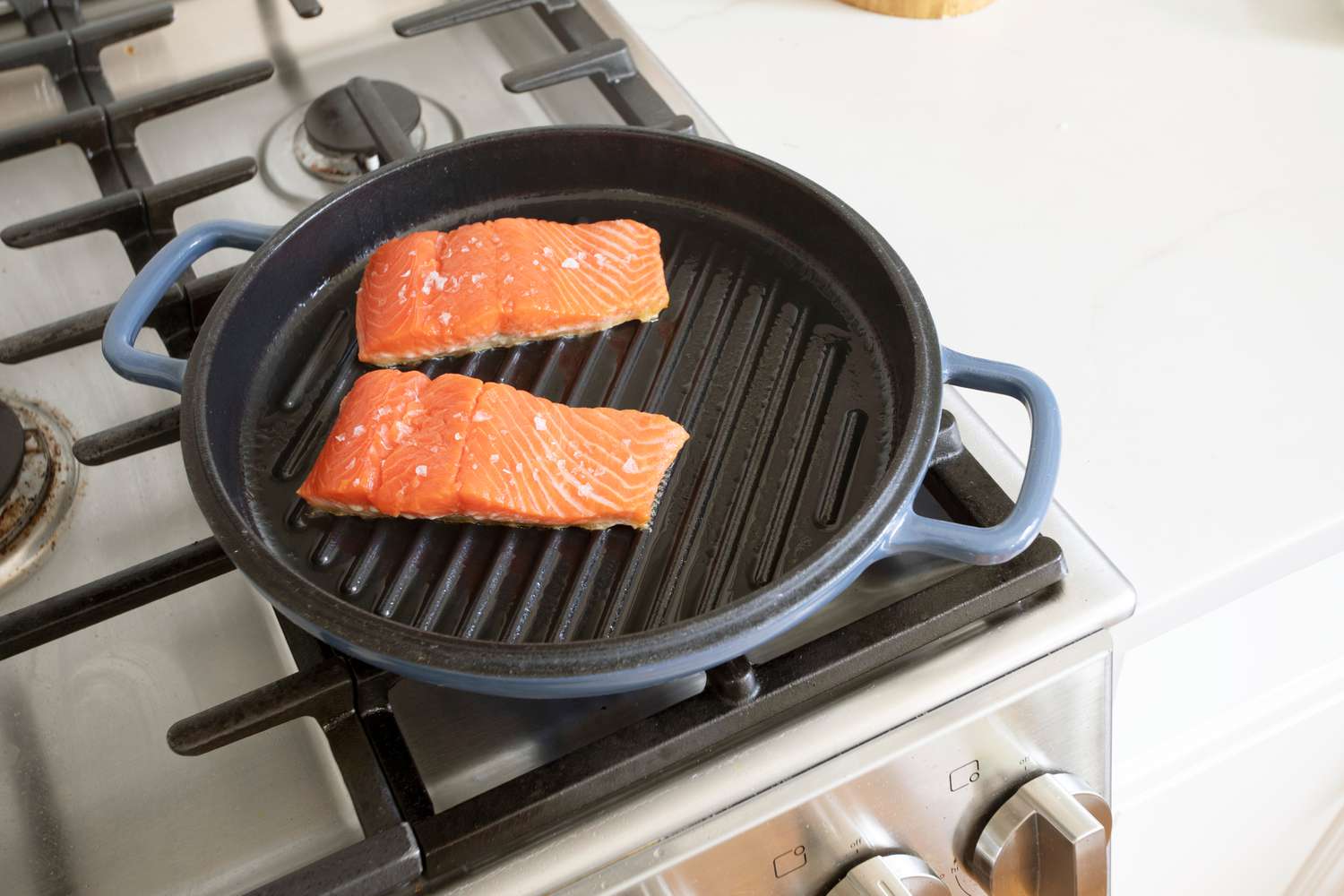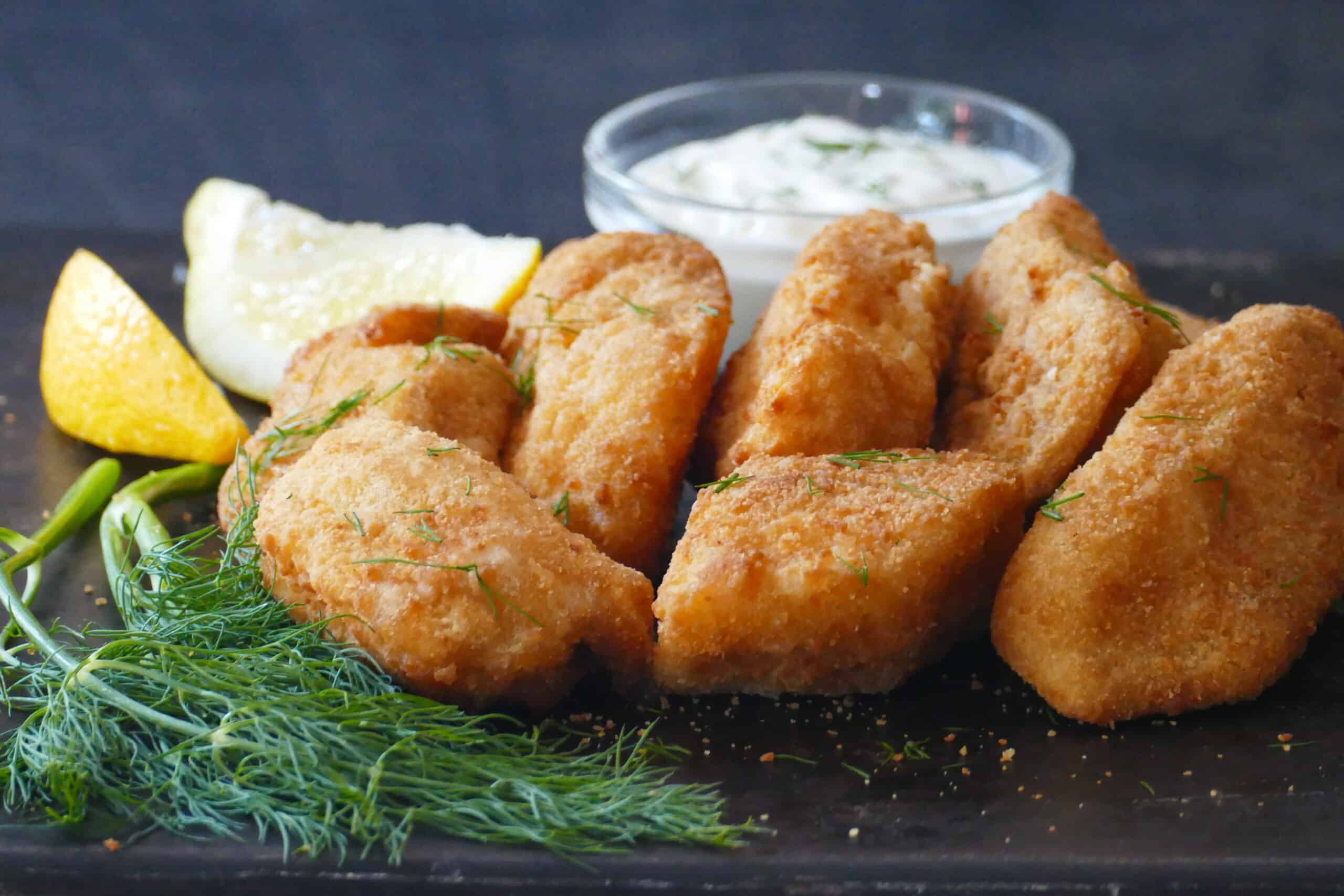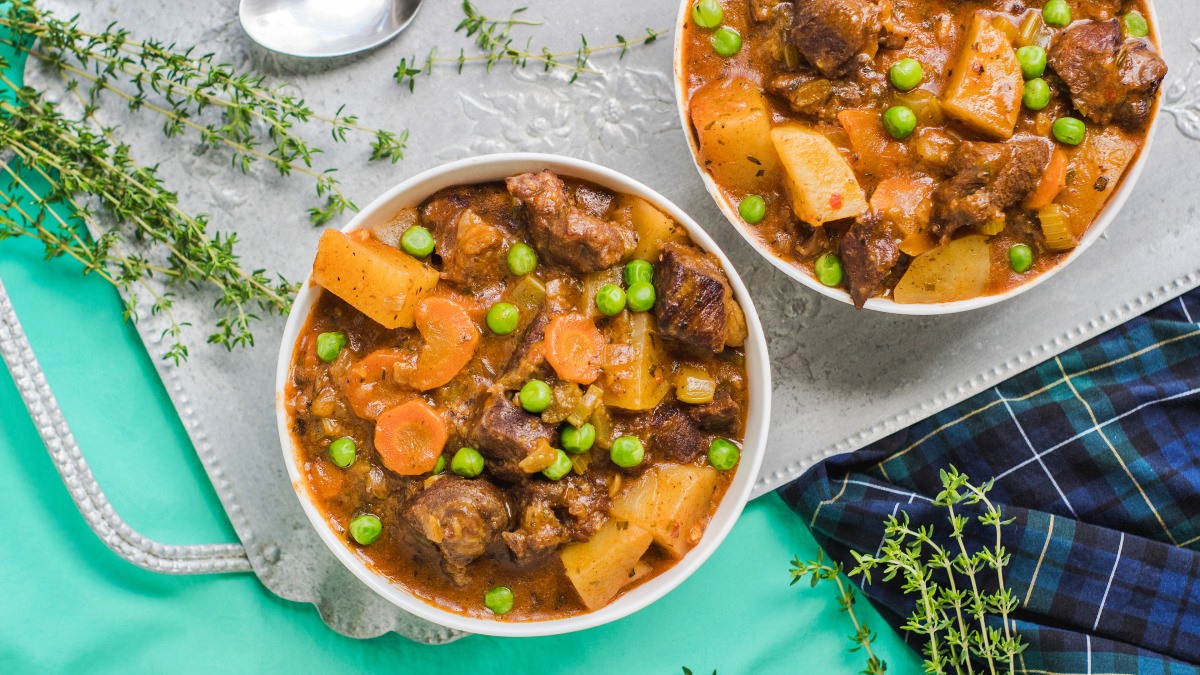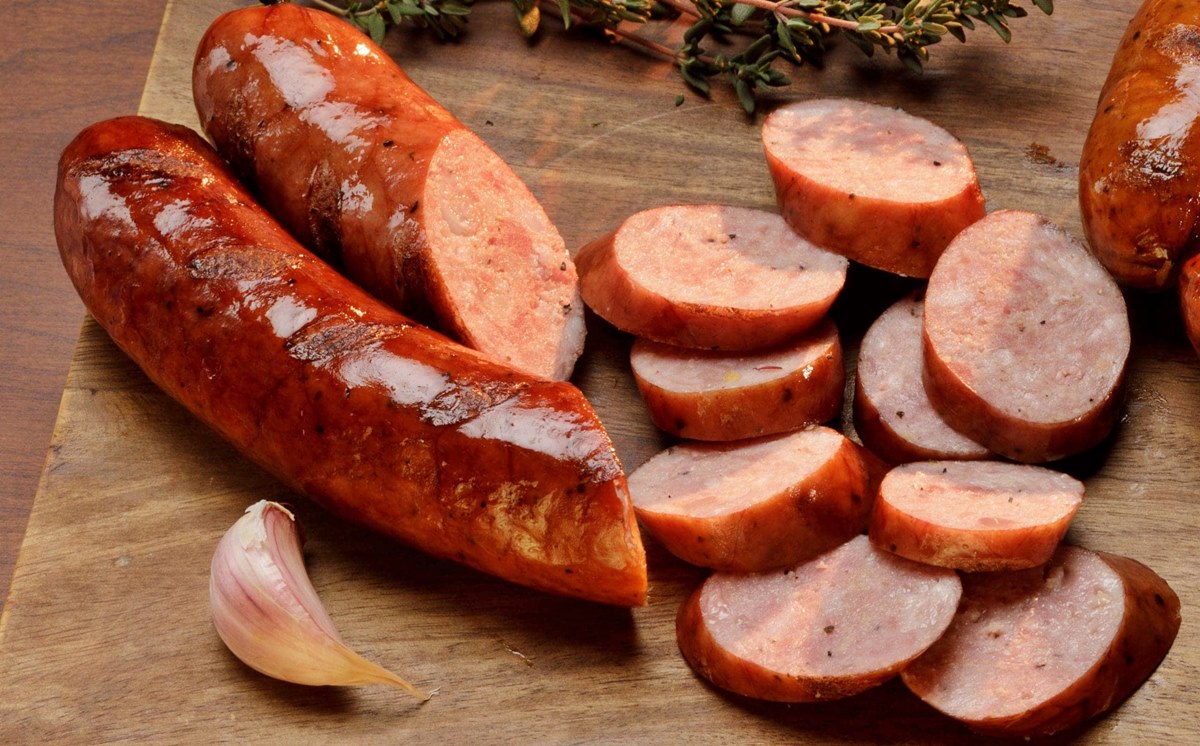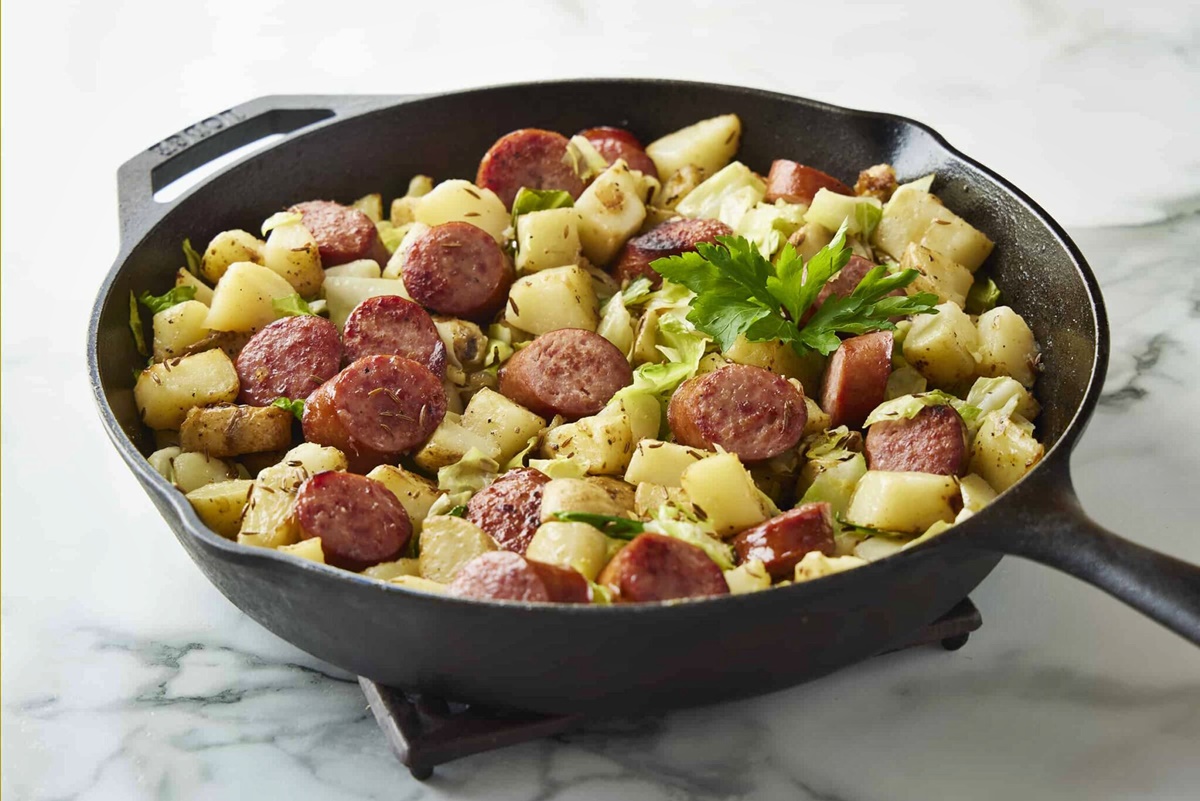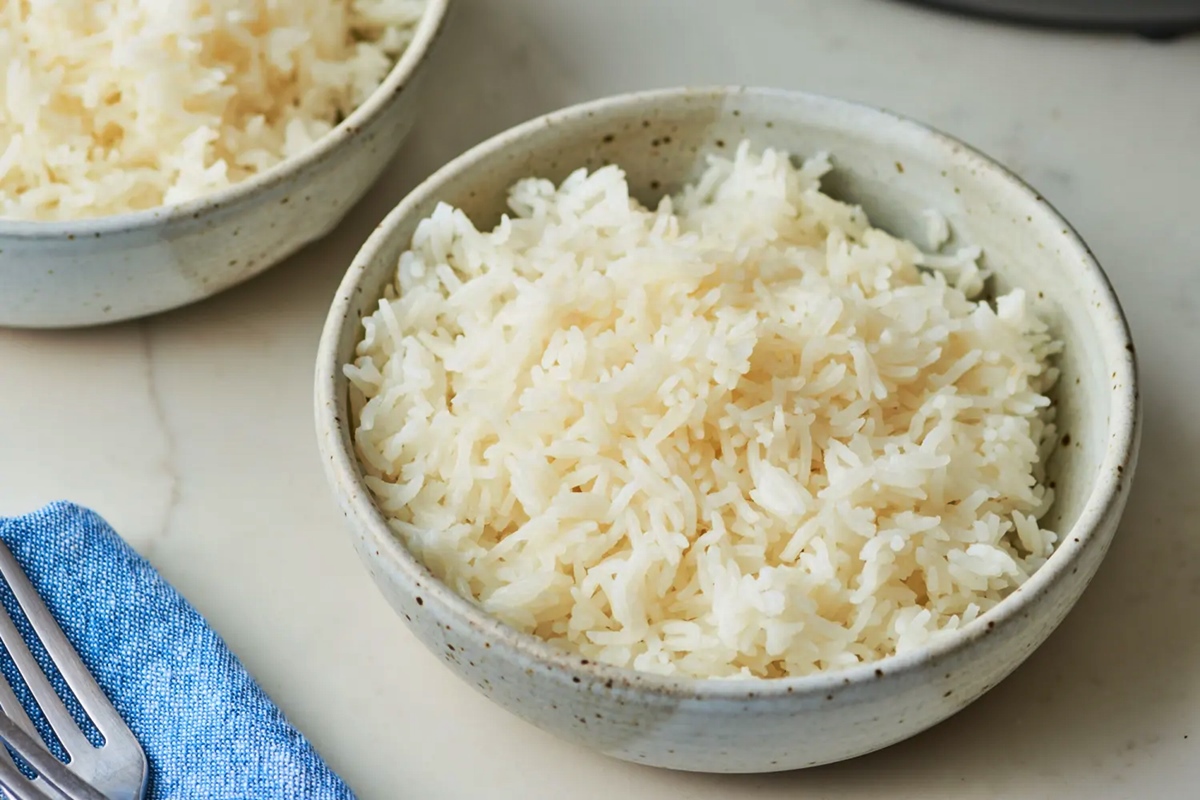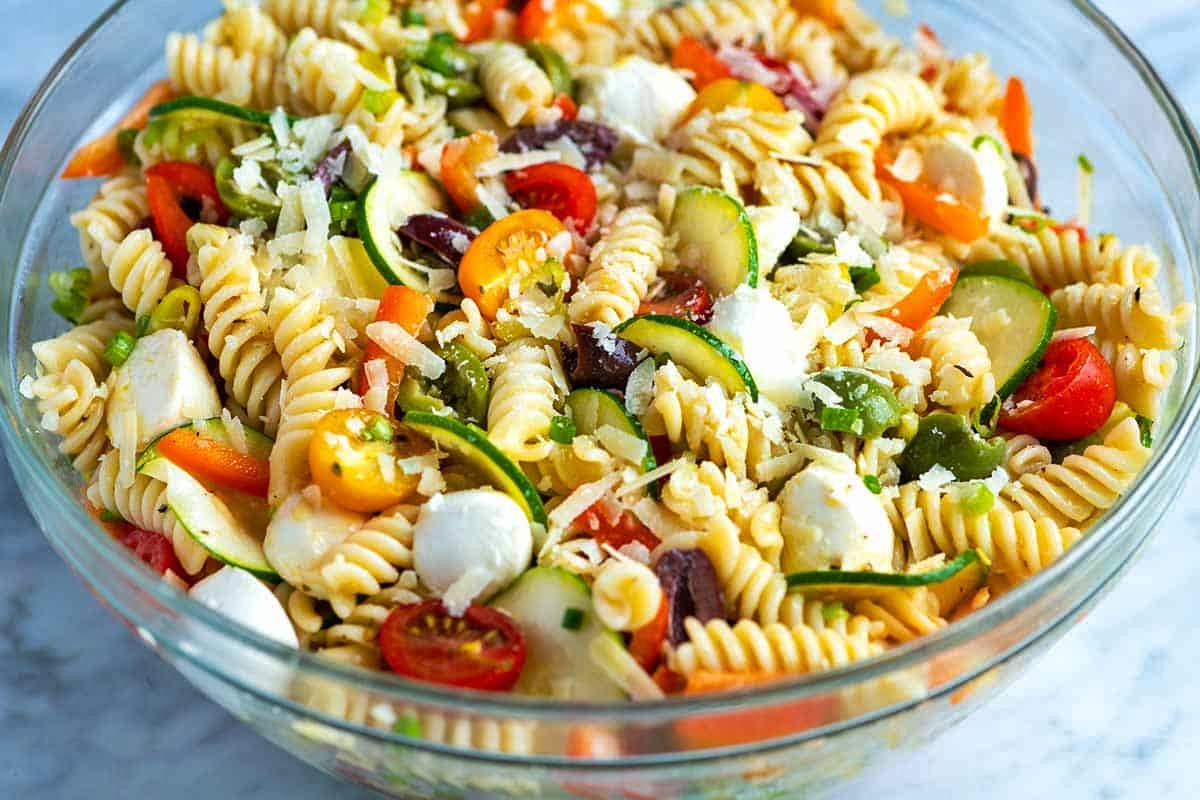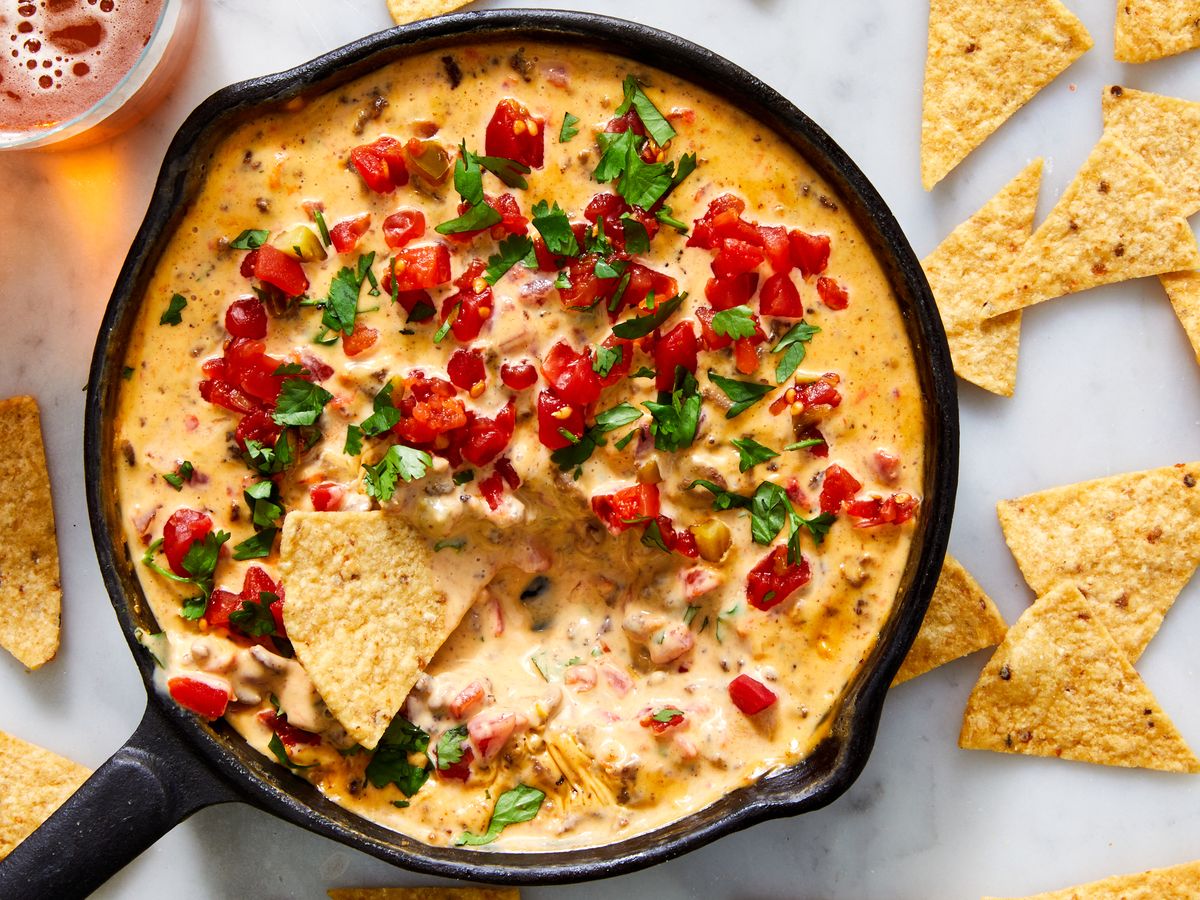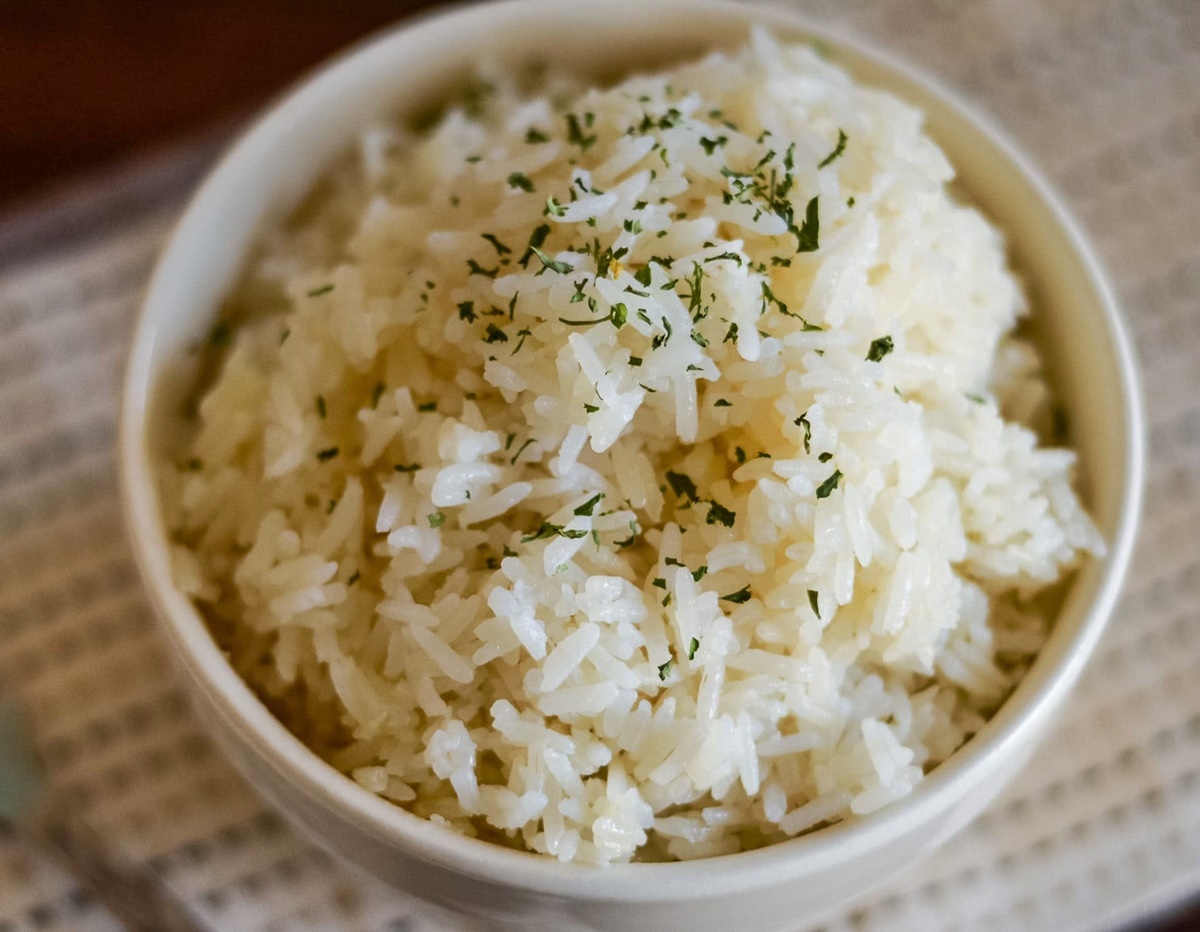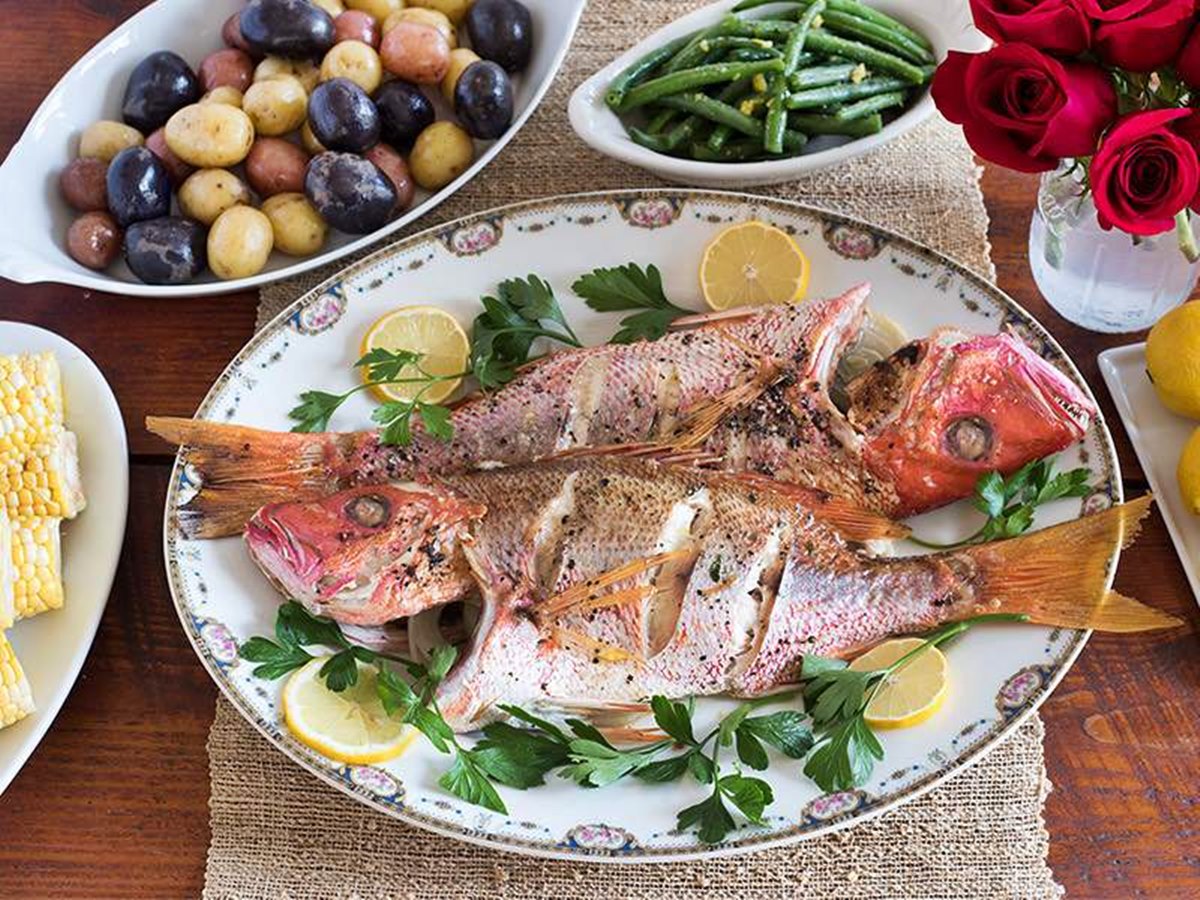Cooking mushrooms for spaghetti transforms a simple dish into a culinary delight. Mushrooms, with their earthy flavors and meaty texture, add depth and richness to any spaghetti recipe. Whether you're aiming for a classic spaghetti Bolognese or a vegetarian option, mastering the art of cooking mushrooms is key. This guide will walk you through selecting the right type of mushrooms, preparing them for cooking, and the best techniques to enhance their flavor. Perfectly cooked mushrooms can elevate your spaghetti from good to gourmet. Let's dive into the steps to achieve that perfect umami-packed bite every time.
Gather Your Ingredients
- Fresh mushrooms, sliced
- Olive oil
- Garlic, minced
- Salt
- Black pepper
- Fresh parsley, chopped
- Spaghetti noodles
- Parmesan cheese, grated
Essential Cooking Tools
- Large skillet
- Wooden spoon or spatula
- Knife
- Cutting board
- Measuring spoons
- Measuring cups
- Garlic press (optional)
- Large pot for spaghetti
Cooking mushrooms for spaghetti involves sautéing them in olive oil or butter over medium heat until golden. Season with salt, pepper, and garlic for added flavor. Stir frequently for even cooking.
The Importance of Cooking Mushrooms for Spaghetti
Cooking mushrooms for spaghetti transforms simple ingredients into a rich, flavorful component of your meal. Sautéing mushrooms unlocks their earthy flavors and creates a savory foundation that complements the pasta. This method enhances the overall dish, making each bite a delightful experience that elevates your spaghetti to a new level.
Choosing the right type of mushroom, like cremini or portobello, is crucial for achieving the best texture and taste. These varieties absorb seasonings well, ensuring your spaghetti dish is not only aromatic but also packed with a depth of flavor that can turn a simple meal into a memorable one.
Your Step-by-Step Cooking Guide
-
Select mushrooms: Choose fresh, firm mushrooms without blemishes. Cremini or button mushrooms work well for spaghetti.
-
Clean mushrooms: Wipe each mushroom with a damp cloth or paper towel. Avoid soaking them in water as they absorb moisture.
-
Slice mushrooms: Use a sharp knife to cut mushrooms into even slices. Thickness depends on personal preference.
-
Heat skillet: Place a large skillet over medium heat. Add a couple of tablespoons of olive oil or butter to coat the bottom.
-
Cook mushrooms: Once the skillet is hot, add sliced mushrooms in a single layer. Don't overcrowd the skillet; cook in batches if necessary.
-
Season mushrooms: Sprinkle salt and pepper over mushrooms. You can also add minced garlic or dried herbs for extra flavor.
-
Stir occasionally: Cook mushrooms for about 5-7 minutes, stirring occasionally, until they're golden brown and their moisture has evaporated.
-
Deglaze pan: For added flavor, pour a small amount of vegetable broth, wine, or water into the skillet. Scrape up any brown bits from the bottom of the pan.
-
Serve: Once cooked, use mushrooms to top your spaghetti. They can be mixed with the sauce or added on top as a garnish.
Mastering Mushroom Spaghetti
Cooking mushrooms for spaghetti isn't just about tossing them into the pan. It's an art that elevates your dish from good to unforgettable. Remember, choosing the right type of mushroom can make all the difference. Whether you go for the earthy depth of shiitakes or the meaty texture of portobellos, each brings its unique flavor to the table. Sautéing them properly, with just the right amount of oil and seasoning, unlocks their full potential, adding a rich, umami-packed layer to your spaghetti. And don't forget, the magic is in the details: a dash of garlic, a sprinkle of herbs, and the perfect timing. With these tips in your culinary toolkit, you're well on your way to serving up a mushroom spaghetti that's not just a meal, but a masterpiece.
More Delicious Mushroom Recipes to Try
Once you've mastered cooking mushrooms for spaghetti using the techniques outlined in the guide, you're ready to experiment with a variety of enticing recipes that showcase your newfound skills. For beginners, the Classic Mushroom and Garlic Spaghetti offers a simple yet delicious way to get started. Those looking for a richer flavor might enjoy the Creamy Mushroom Alfredo Pasta, which blends creamy textures with the earthy tones of mushrooms. If you're leaning towards something more robust, the Spaghetti with Mushroom Bolognese is a hearty choice that mimics traditional meat sauces with a vegetarian twist. Each recipe allows you to practice different aspects of mushroom preparation, from sautéing to blending them into sauces, enhancing both your kitchen skills and your mealtime enjoyment.
All Your Questions Answered
How long should I cook mushrooms for spaghetti?
Cook mushrooms until they're golden and tender, which usually takes about 5-8 minutes over medium heat. Keep stirring to ensure they cook evenly and don't stick to the pan.
What kind of mushrooms work best for spaghetti?
Cremini or button mushrooms are fantastic choices due to their meaty texture and rich flavor. However, feel free to experiment with shiitake or portobello for a deeper, earthier taste.
Should I wash mushrooms before cooking them?
Yes, but do it quickly. Mushrooms absorb water like sponges, so a swift rinse or a wipe with a damp cloth is all you need. This way, they won't get soggy when cooked.
Can I add other vegetables to the mushrooms?
Absolutely! Bell peppers, onions, or spinach make great additions. Just remember to start with the veggies that take longer to cook, then add mushrooms as they need less time.
What spices go well with mushrooms for spaghetti?
Garlic, thyme, and oregano are your best bets. They complement the umami of mushrooms perfectly, giving your spaghetti that classic Italian flair.
How can I make my mushrooms more flavorful?
Sauté them in olive oil or butter with a pinch of salt at the beginning. Finish with a splash of white wine or balsamic vinegar for an extra flavor boost.
Is it better to cook mushrooms separately or with the spaghetti sauce?
Cooking mushrooms separately allows them to brown and develop a richer flavor. Then, you can add them to your spaghetti sauce, letting all the ingredients meld together beautifully.
Was this page helpful?
Read Next: How To Cook Frozen Bone Marrow
